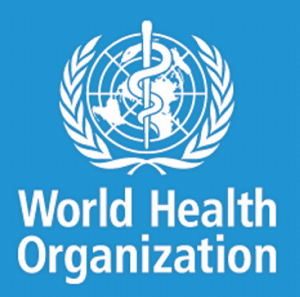Children and pregnant women in sub-Saharan Africa have greater access to effective malaria control – WHO
 Children and pregnant women in sub-Saharan Africa have greater access to effective malaria control, a World Health Organisation (WHO) report has said.
Children and pregnant women in sub-Saharan Africa have greater access to effective malaria control, a World Health Organisation (WHO) report has said.
The World Malaria Report 2016 released today indicates that a steep increase in diagnostic testing for children and preventive treatment for pregnant women have been reported over the last five years across the region.
Among all populations at risk of malaria, the use of insecticide-treated nets has expanded rapidly.
But in many countries in the region, substantial gaps in programme coverage remain. Funding shortfalls and fragile health systems are undermining overall progress, jeopardizing the attainment of global targets, it said.
The report further explained that sub-Saharan Africa carries a disproportionately high share of the global malaria burden and in 2015 the region was home to 90 per cent of malaria cases and 92 per cent of malaria deaths.
Children under five years of age are particularly vulnerable, accounting for an estimated 70 per cent of all malaria deaths.
Diagnostic testing enables health providers to rapidly detect malaria and prescribe life-saving treatment. New findings presented in the report showed that, in 2015, approximately half (51 per cent) of children with a fever seeking care at a public health facility in 22 African countries received a diagnostic test for malaria, compared to 29 per cent in 2010.
To protect women in areas of moderate and high malaria transmission in Africa, WHO recommends “intermittent preventive treatment in pregnancy” (IPTp) with sulfadoxine-pyrimethamine. The treatment, administered at each scheduled antenatal care visit after the first trimester, can prevent maternal and infant mortality, anaemia, and the other adverse effects of malaria in pregnancy, it noted..
According to available data, there was a five-fold increase in the percentage of women receiving the recommended 3 or more doses of this preventive treatment in 20 African countries. Coverage reached 31per cent in 2015, up from 6 per cent in 2010.
Insecticide-treated nets are the cornerstone of malaria prevention efforts in Africa. The report found that more than half (53 per cent) of the population at risk in sub-Saharan Africa slept under a treated net in 2015, compared to 30 per cent in 2010.
Last month, WHO released the findings of a major 5-year evaluation in 5 countries. The study showed that people who slept under long-lasting insecticidal nets (LLINs) had significantly lower rates of malaria infection than those who did not use a net, even though mosquitoes showed resistance to pyrethroids (the only insecticide class used in LLINs) in all of these areas.
By Pamela Ofori-Boateng
Copyright © 2016 by Creative Imaginations Publicity
All rights reserved. This news item or any portion thereof may not be reproduced or used in any manner whatsoever without the express written permission of the publisher except for the use of brief quotations in reviews.
